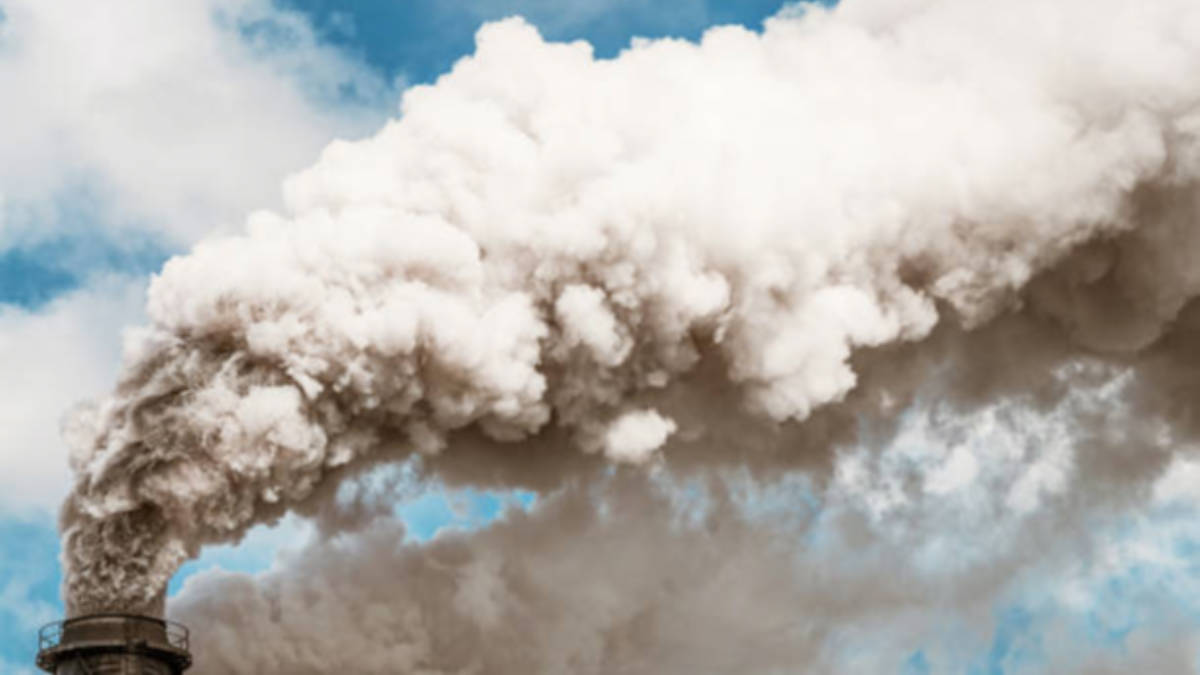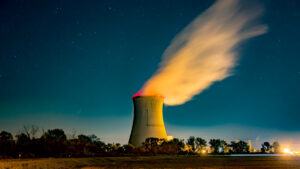ASX Renewable Energy Stocks: LG Chem plans to slash carbon emissions by 140,000t annually

Pic: Getty Images
- LG Chem outlines plans to produce blue hydrogen to meet 2050 net zero target
- A new plant will be established, with capacity to produce 50,000t of hydrogen annually
- AGL announces feasibility study into development of green hydrogen production facility
South Korea’s largest chemical company, LG Chem, has revealed plans to produce blue hydrogen as a key component of its long-term 2050 net zero corporate sustainability goal AND plans to establish a plant in Deasan, Korea with the capacity to produce 50,000t of hydrogen annually by the second quarter of 2024.
LG Chem expects the plant to reduce carbon emissions by 140,000 tons annually – equivalent to 1 million newly-planted trees – by replacing methane used in the NCC process with high-purity hydrogen, which does not create carbon dioxide (CO2) during combustion.
The new plant will employ technology which converts methane to hydrogen by creating a chemical reaction under high-temperature steam.
Hydrogen will be made from methane off-gases generated by the naphtha cracking center (NCC) in the process of producing feedstocks.
The hydrogen will then be depolymerised under high-temperature to be used as fuel again.
Construction of LG Chem’s hydrogen plant is expected to commence in the first half of 2023 and scheduled for completion by the second quarter of 2024.
AGL Energy (ASX:EGL)
Last Friday, AGL announced it would be leading a consortium of “high-profile industry partners” in a detailed feasibility study into the development of a green hydrogen production facility at its Torrens Island site.
Consortium partners who have already signed memorandums of understanding (MOU) in this context include Flinders Ports, Osaka Gas Australia, Spark Renewables, Brickworks, Abri, SK ecoplant and INPEX Corporation.
As well as demonstrating the commercial and technical feasibility of establishing a renewable hydrogen hub, the study also aims to address the production of hydrogen-derived products at Torrens Island to serve both domestic users in South Australia and interstate, as well as wider export markets.
Independent advisory firm GHD Advisory has been engaged to map key operational and commercial plans for the project, outline the development of a production timeline and is expected to be completed by the end of the year.
In July last year, AGL announced it would mothball one of the four units at its gas-fired Torrens B site in South Australia due to the decline in forward prices and competition from new generators.
AGL COO Markus Brokhof said the feasibility study project will play a crucial role in establishing a clean hydrogen industry in Adelaide and South Australia.
“This project demonstrates the long-term investment AGL is making in the future of Torrens Island to transform the site to an integrated industrial energy hub.
“We have already decommissioned four fuel oil tanks, six tank bases and have completed the removal of two gantry cranes, as well as getting development underway on our new 250MW battery.
“This also follows the completion of Barker Inlet Power Station, which has the potential to utilise green hydrogen manufactured at the site.”
Contact Energy (ASX:CEN)
CEN says it will close its 44-megawatt Te Rapa power station near Hamilton on New Zealand’s north island in June 2023, which will reduce the company’s long-term scope 1 and 2 carbon emissions by 20pc per annum or 200,000t per annum.
Operating since 1999, the Te Rapa plant is a gas-fuelled cogeneration plant, providing steam and electricity to Fonterra’s Te Rapa dairy factory, and directing surplus electricity back to the grid.
The current agreement for Contact to supply Fonterra with electricity expires in June 2023.
Fonterra will acquire the plant’s auxiliary boiler and will continue to use these assets for its dairy operations beyond June next year, but the gas turbine used to generate electricity at Te Rapa will be retired.
Contact Energy CEO Mike Fuge said it had been an unsettling time, but it was good to be able to provide people with more certainty.
“It is business as usual until June next year, and everybody in our team at Te Rapa will be looked after,” he said.
“After the power station closes, there will be some opportunities for people to move across to Fonterra’s Te Rapa team or be redeployed elsewhere within Contact.”
Fuge said the closure of the Te Rapa power station next year aligned with Contact’s strategy to decarbonise New Zealand and decarbonise its own portfolio.
“We are committed to ramping up our development portfolio to help meet the anticipated demand for renewable electricity, complemented by reducing our portfolio of thermal assets.”
Related Topics
UNLOCK INSIGHTS
Discover the untold stories of emerging ASX stocks.
Daily news and expert analysis, it's free to subscribe.
By proceeding, you confirm you understand that we handle personal information in accordance with our Privacy Policy.








